7 ways to get a real analogue sound on the cheap
Get genuine dirt in your signal path with these simple outboard solutions

Intro
When working to imbue your tracks with analogue sound and vibe, you don't have to spend a fortune on classic outboard, synths and all the rest of it.
Here, we'll show you seven highly effective techniques for capturing the buzz and sizzle of real electronic circuits and making it your own.
For much more on warming up digital productions with analogue emulation, check out the February edition of Computer Music.
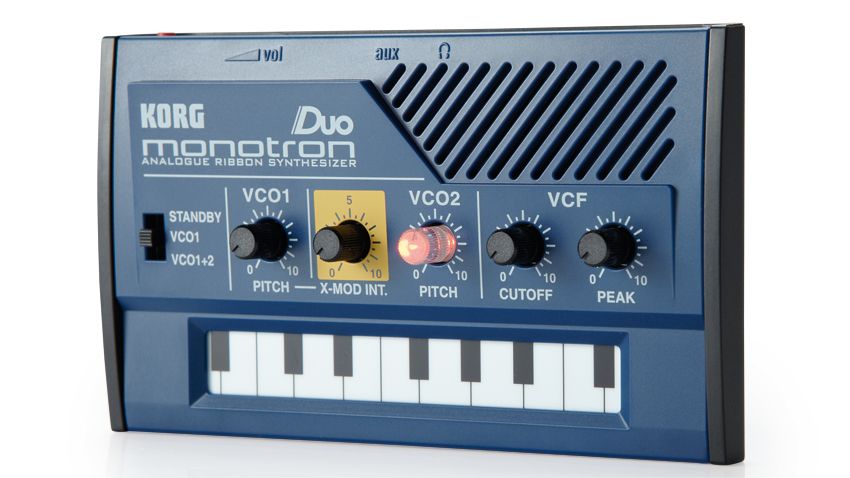
1. Cheap analogue synths
The synth market isn’t just filled with top-end gear - give one of these budget options a try.
Korg’s Monotron range can be found for about £39, and their Volca range is modestly priced, too. Teenage Engineering’s Pocket Operators are about £40, and Arturia’s MicroBrute competes with high-end plugin synth prices. And then there’s eBay, where secondhand prices mean that you can pick up gear for cheap.
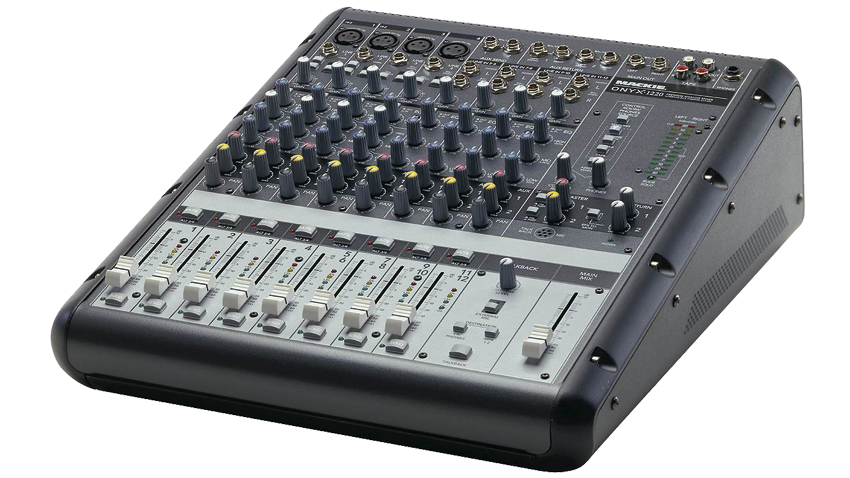
2. It's always sum thing
An analogue sound is caused by the interactions of real electrical circuits, right? So why not get yourself a few?
A basic mixing desk will subject your signal to several stages, whether you activate processing on them or not; and an eight-track console from a few years back will have depreciated in value quite a bit. Slam your whole mix through one, or, if you’ve got the interface outputs, stem out some or all of your tracks to the desk.
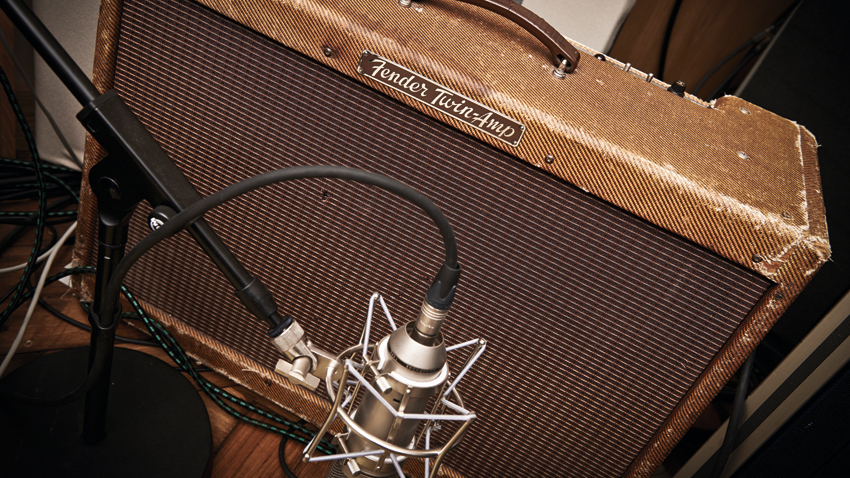
3. Speaker in the house
When you’re looking out for the sound of analogue, it’s hard to find a better source of reality than the air around you.
Grab a speaker (or two, for stereo signals), or a guitar amp if you have one, and play a signal out of your computer while recording the result back into your DAW on a new track. The resulting waveform will be imbued with tiny changes caused by the circuitry of the speaker, and from the air in the room.
This also feeds your signal through the analogue circuitry and character of whatever speaker you use, and captures the realistic effect of your sounds in a reverberant space. Blend the result with the dry signal for instant vibe, character and personality!

4. Multisample an analogue synthesiser
Here’s a great way to expand your range of hardware without actually expanding your range of hardware. If you can get your hands on somebody else’s excellent analogue synth - perhaps one owned by a friend, a rental unit, or a rare gem within a professional studio - it’s quite possible to clone it!
Open the filter fully and record samples of long key-presses from as many keys as you possibly can. Isolate and loop the sustaining sound, and with these raw oscillator samples then loaded into a sampler, you can recreate the instrument’s tone. You might have to do some work to properly replicate filters and envelopes, though.
For an even more sophisticated clone, check out SampleRobot 5, which is specifically built for the task of capturing instruments, helping to automate the sample looping and mapping process.

5. Bring the noise
Sure, we can use plugins to add a layer of noise to a track, but why not record actual analogue noise?
Here, for example, is a recording of some transformer hum, sampled from an ancient tonewheel organ. This is another way to get some instant analogue grime, and it’s easy to capture your own collection of noise sounds. The cheaper the kit, the noisier the result!
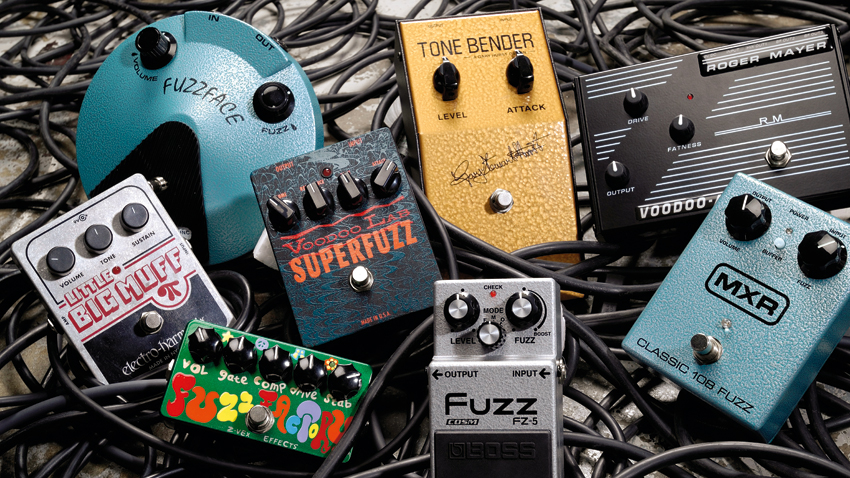
6. Can you pedal?
When a studio engineer wants some magic analogue mojo, he might reach for a rackmounted device costing thousands. A guitarist, on the other hand, is happy to lob a quick ’n’ dirty distortion pedal, sputtering spring reverb, or crappy, crunchy compressor into their signal path. If you own any pedals, you can do the same thing on your tabletop via your audio interface.
Most stompboxes operate in mono, so you should be advised to sum any stereo tracks before sending them out. Also, guitar effects expect a high-impedance signal, so you may have to adjust incoming and/or outgoing levels to make sure the electrical signals match up inside the cables. And again, be sure to get the signal back into your audio interface using the high-impedance (Hi-Z) ‘instrument’ input jack, too.
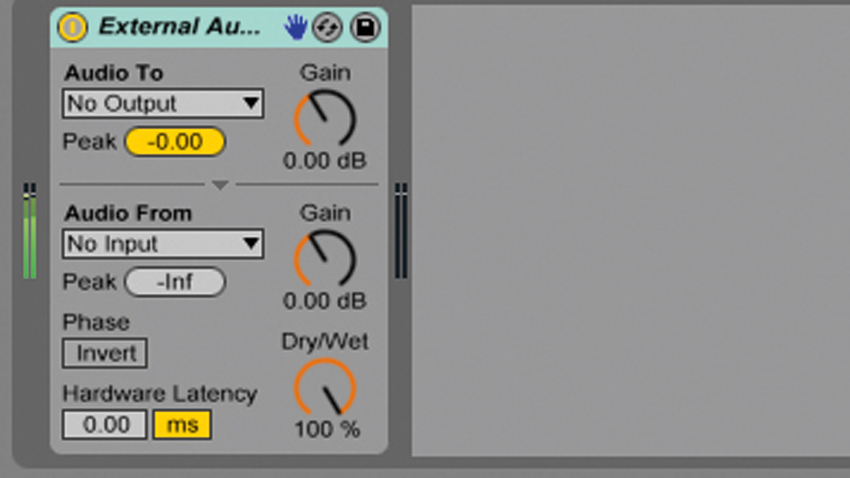
7. Get signals out of a DAW
Here’s how to take a digital signal out into the real world through your audio interface.
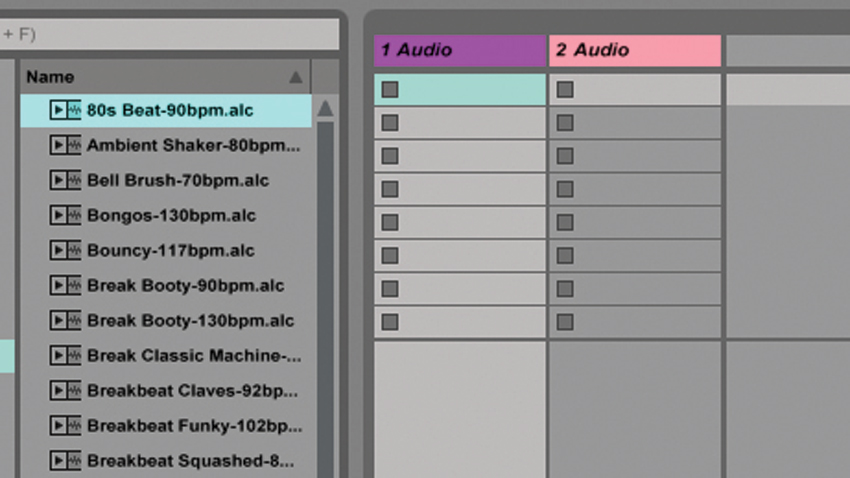
Step 1: Most DAWs provide some means of routing selected signals through any additional outputs on a given interface - and Ableton Live users have a dedicated plugin. Open a Live project with a couple of audio channels.

Step 2: Currently, track 1 is routed to the main outputs. In the browser, find the plugin called External Audio Effect and drag it into our first channel. It goes quiet because our new plugin has no output assigned.
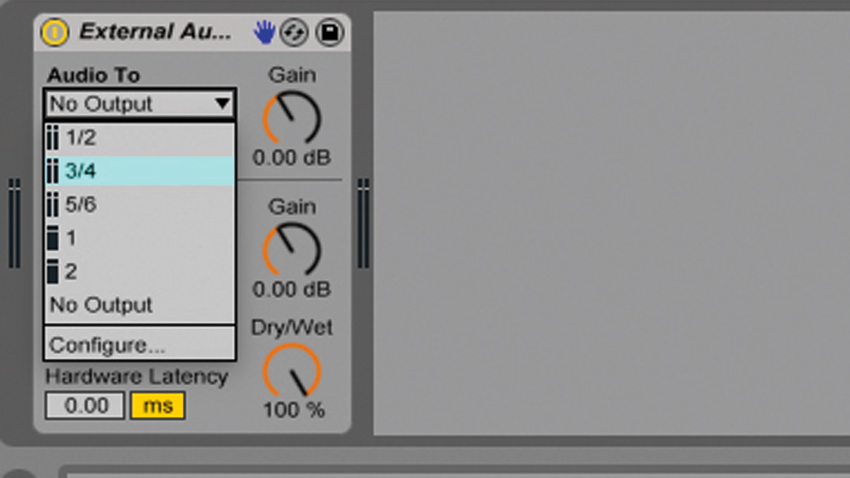
Step 3: On the device, locate the Audio To dropdown. Select an output to send the signal out from your interface. You can use the same plugin to route processed audio back in, then reverse phase and compensate for latency.

Computer Music magazine is the world’s best selling publication dedicated solely to making great music with your Mac or PC computer. Each issue it brings its lucky readers the best in cutting-edge tutorials, need-to-know, expert software reviews and even all the tools you actually need to make great music today, courtesy of our legendary CM Plugin Suite.